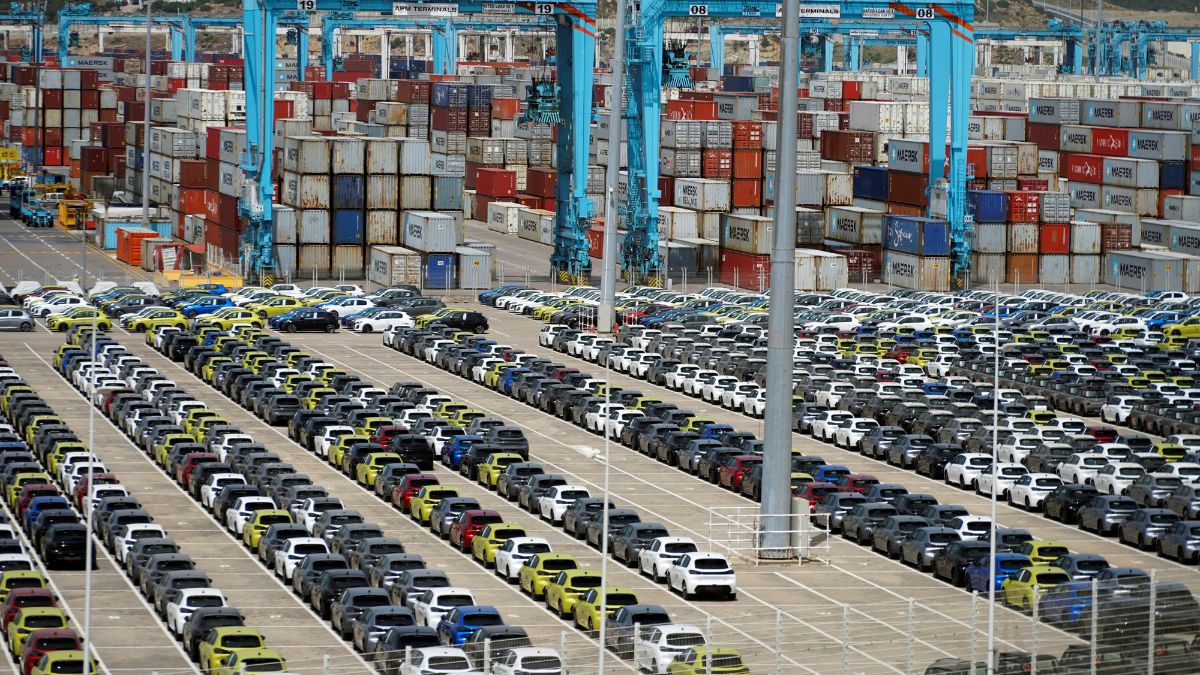President Donald Trump on Wednesday (March 26) followed through on weeks of threats for new tariffs on imported cars, saying a 25 per cent import tax on vehicles not built in the US would kick in next week.
Details of the plan, set to upend autos trade and supply chains were still being made public by the administration on Wednesday. Here’s what is known so far.
US imposes a 25 per cent duty on all non-US assembled vehicles
Trump will impose a 25 per cent tariff - on top of previous duties - on imports of finished vehicles starting at 12:01 am EDT (0401 GMT) on April 3. The base US tariff rate for automotive imports is 2.5 per cent.
The duties will be applied to cars and trucks built in countries that have free-trade agreements with the US, including Canada, Mexico and South Korea . They will be hard-hit, as will be Japan and European Union auto producers Germany and Italy, along with Britain.
Trade and automotive experts say the unilateral tariffs would violate the US-Mexico-Canada Agreement on trade and the US-South Korea Free Trade Agreement (KORUS).
Why a delay in 25 per cent parts duties?
The 25 per cent tariffs also will apply to major automotive parts imports, identified in Trump’s proclamation, which opens a new tab as “engines and engine parts, transmissions and powertrain parts, and electrical components.” But parts duties may start up to a month later with a date to be set in a forthcoming Federal Register notice, but not later than May 3.
The notice will also contain the specific tariff codes for components subject to the duties, which were not revealed in Trump’s proclamation.
Why is a partial USMCA exemption implemented?
The plan provides a partial exemption from tariffs for vehicles and parts that comply with the USMCA’s rules of origin, but only for the value of their US-produced content. So a truck built in Mexico with 45 per cent US content would still face a 25 per cent tariff on 55 per cent of its value.
The same concept would apply to auto parts that are compliant with USMCA rules of origin - the non-US content gets taxed.
But, determining these content levels will be complicated. Until the Commerce Department and US Customs and Border Protection agency determine a process to apply tariffs to their non-US content, USMCA-compliant auto parts will stay duty-free. There was no deadline specified for the process.
Understanding legal rationale
Trump’s new tariffs are based on a 2019 national security investigation into auto imports conducted during his first presidential term under Section 232 of the Trade Expansion Act of 1962. Trump previously used this Cold War-era trade law to impose 25 per cent tariffs on steel and aluminum imports in 2018.
The Commerce Department found that the growing market share of imported cars was negatively impacting US national security by eroding the US industrial base and the ability of domestic automakers to develop advanced technologies for military use.
Trump at the time chose not to impose tariffs , opting instead for negotiations with trading partners to remedy these concerns.
But on Wednesday (March 26) he concluded that these talks had failed, the security threat from imports had worsened and revisions to USMCA and KORUS had not improved the US position in automotive trade.
)